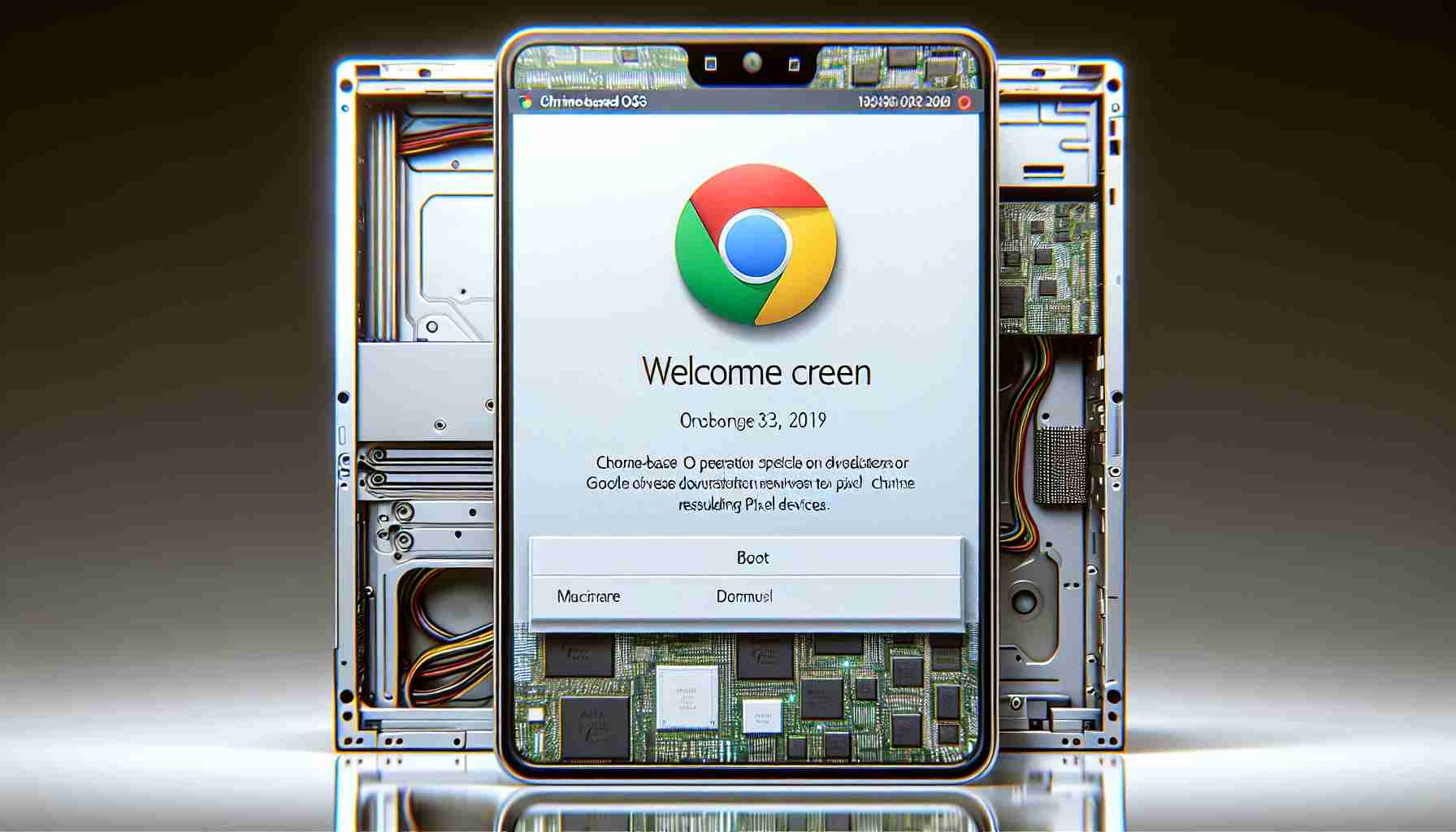Google Pixel phones have ventured into new territory with the successful implementation of Chrome OS running alongside the Android system through a virtual environment. A modified version of Chromium OS, which is the open-source fundament of Chrome OS, was crafted to function within a virtual machine (VM), demonstrating a significant breakthrough in the field of mobile operating systems.
During a Google event presented to a select audience of industry representatives, an initiative dubbed “ferrochrome” was showcased, revealing the potential of running Chrome OS on Android phones. The experiment notably came to fruition when it was conducted on a Pixel 7 Pro, although it faced a complication on a Pixel 8 Pro due to a bug that barred access to the setup wizard.
The feat was accomplished using a non-standard version of Android constructed from the Android Open Source Project (AOSP), necessitated by the requirement for Google’s proprietary VM launcher application. This app is a product of Google’s engineering that leverages Android’s Virtualization Framework (AVF) for VM initiation and management, which up until now has not been included in Android builds for Pixel devices.
Despite challenges such as the absence of Google sign-in support and non-functioning networking, the user was able to access a guest profile and make use of external USB devices like a keyboard and a mouse immediately. It was noted that, although audio output was not operational, solutions are actively being pursued.
With future updates, Google aims to incorporate the VM launcher directly into Android builds, dispelling the need to root the device, and to extend support for additional operating systems with graphic capabilities. The current official documentation indicates a commitment from Google to continue advancement in this direction post-April 2024.
Important Questions & Answers:
1. Why is it significant that Chrome OS can boot on Google Pixel devices via virtual machine?
Running Chrome OS on Google Pixel devices signifies a leap in versatility and functionality for smartphones. It allows users to potentially access a full-fledged desktop environment on their mobile devices, enhancing productivity and expanding the use-case scenarios of their smartphones.
2. What are the key challenges faced when booting Chrome OS on a Pixel device?
Major challenges include ensuring compatibility with different hardware components, addressing any existing bugs (such as the one that prevented accessing the setup wizard on Pixel 8 Pro), and integrating Google’s proprietary VM launcher application which is necessary for running the virtual environment smoothly.
3. What are the current limitations of running Chrome OS on Pixel phones?
Known limitations are the absence of Google sign-in support, non-functioning networking, and audio output issues. These limitations constrain the usability of the system but are areas likely targeted for development in future updates.
Advantages and Disadvantages:
Advantages:
– Offers a dual-environment experience, combining the flexibility of Android with the productivity capabilities of Chrome OS.
– Utilizes the existing Android Virtualization Framework, meaning no need for additional hardware support.
– Could eventually lead to improved software experiences, as running desktop apps on a phone could be beneficial for productivity.
Disadvantages:
– Currently lacks certain features like Google sign-in and networking capabilities.
– May consume more resources, potentially impacting device performance and battery life.
– Since it’s not officially supported on Pixel phones yet, users have to rely on modification and potentially voiding their warranty.
Related Links:
– For general information about Chrome OS, visit the official Chrome OS page at Google Chromebooks.
– For details about the Android Open Source Project from which the modified Android version was constructed, visit Android Open Source Project.
– To learn more about Google’s hardware products, including Pixel devices, visit Google Store.
Despite these challenges and disadvantages, the initiative is a glimpse into how the boundaries between mobile and desktop computing are blurring, potentially paving the way for future innovations in the technology industry.
